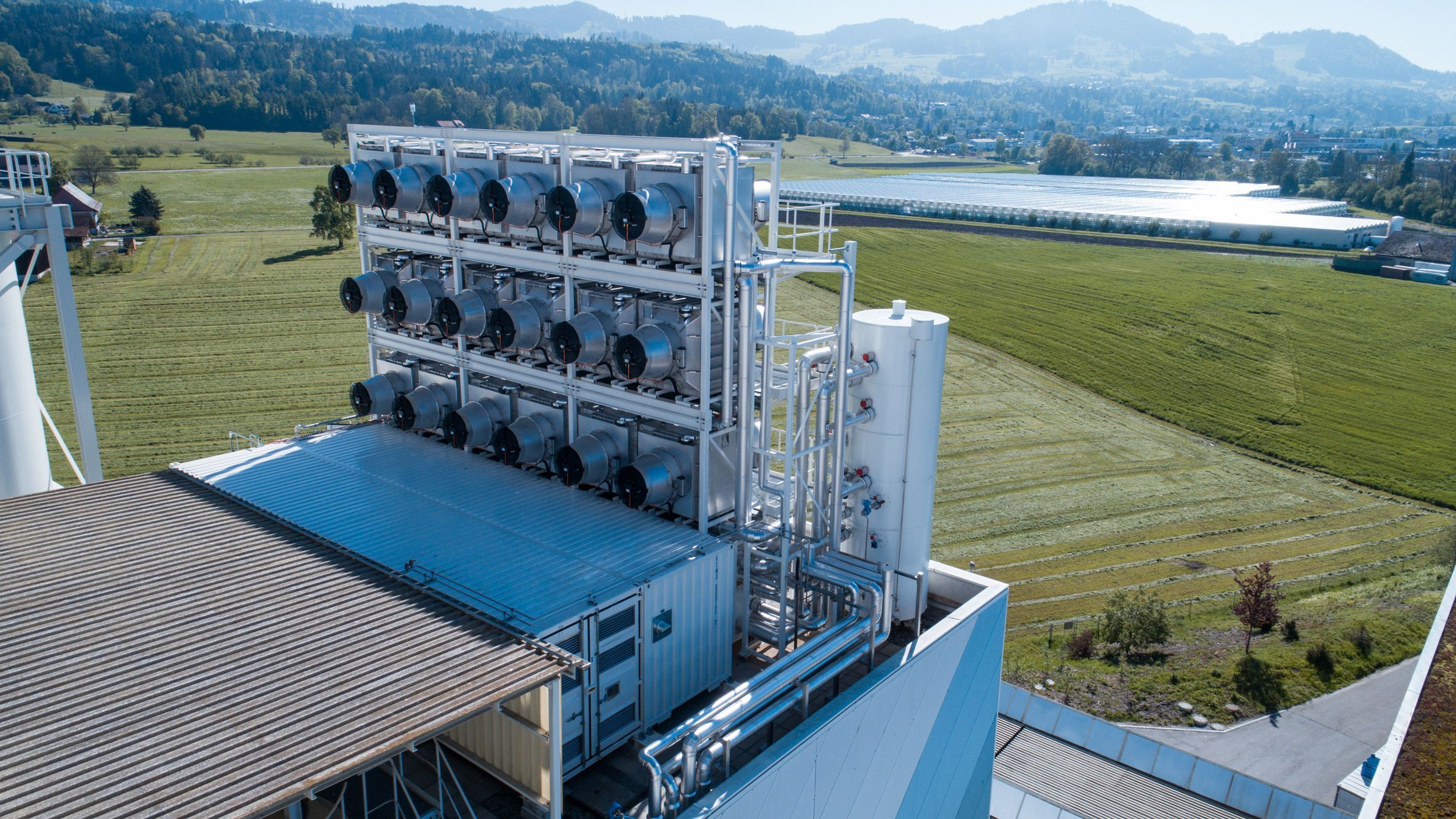Numerous producers in the ethanol industry capture biogenic CO₂ released during ethanol production. The captured CO₂ is extremely pure, so it may be stored underground or used as a co-product. Roughly 25% of the ethanol industry already captures biogenic CO₂ to be used in water treatment, refrigeration (dry ice), fire extinguishers, carbonation, and creating fabrics and bioplastics. New, innovative pathways are emerging to transform CO₂ into fuels, chemicals, and building materials for sectors that are difficult to decarbonize.
The permanent storage of captured CO₂ underground is often called Carbon Capture and Sequestration (CCS). Several U.S. ethanol producers have already implemented it over the last decade, and many more are able to today. CCS in the ethanol industry represents tremendous opportunity to increase investment and diversify markets for Nebraska grains. More specifically, through CCS, ethanol biorefineries can lower production carbon intensity (CI) by a game-changing 25 to 30 gCO2e/MJ.
The geology of Nebraska features many suitable formations for CCS, which allow for some ethanol biorefineries to perform CCS onsite. In CCS, Class VI wells are utilized to inject CO₂ into deep rock formations for permanent storage. In Nebraska, these wells are permitted by the Nebraska Oil and Gas Conservation Commission and U.S. Environmental Protection Agency. Requirements are extensive and designed to protect sources of drinking water.
If all Nebraska ethanol producers were implementing CCS today, the immediate economic benefit could range from an additional $200M to $1B even before considering tax credits. This would create a ripple felt across rural communities by maintaining strong demand for corn, increasing capital investment, and generating employment opportunities.
2021 Nebraska CCS Legislation
Nebraska Governor Pete Ricketts signed into legislation LB650, which allows Nebraska ethanol plants to sequester carbon. The legislation creates the legal and regulatory framework to sequester carbon in a geological structure. By capturing and sequestering carbon dioxide generated by industrial facilities—particularly ethanol plants—Nebraska could increase the value of its products while also cutting greenhouse gas emissions. The bill supplements the Environmental Protection Agency’s Underground Injection Control program, which authorizes the type of wells used to inject carbon dioxide deep underground. Learn more here.
Economic Benefits of Decarbonization
Carbon Intensity (CI) measures the carbon and greenhouse gas (GHG) emissions of an activity. Premium payments for lower-carbon grains and biofuels encourage producers to implement practices that lower carbon emissions and ultimately result in lower CI scores. The lower the CI of the corn, the lower the CI of the ethanol. This entices states and countries trying to meet decarbonization goals to utilize products, including Nebraska-made ethanol, with the lowest CI score.
Download Deep Dive: Carbon as a Commodity to see how alternative fuels reduce carbon emissions and to learn more about Carbon Capture & Sequestration (CCS).

